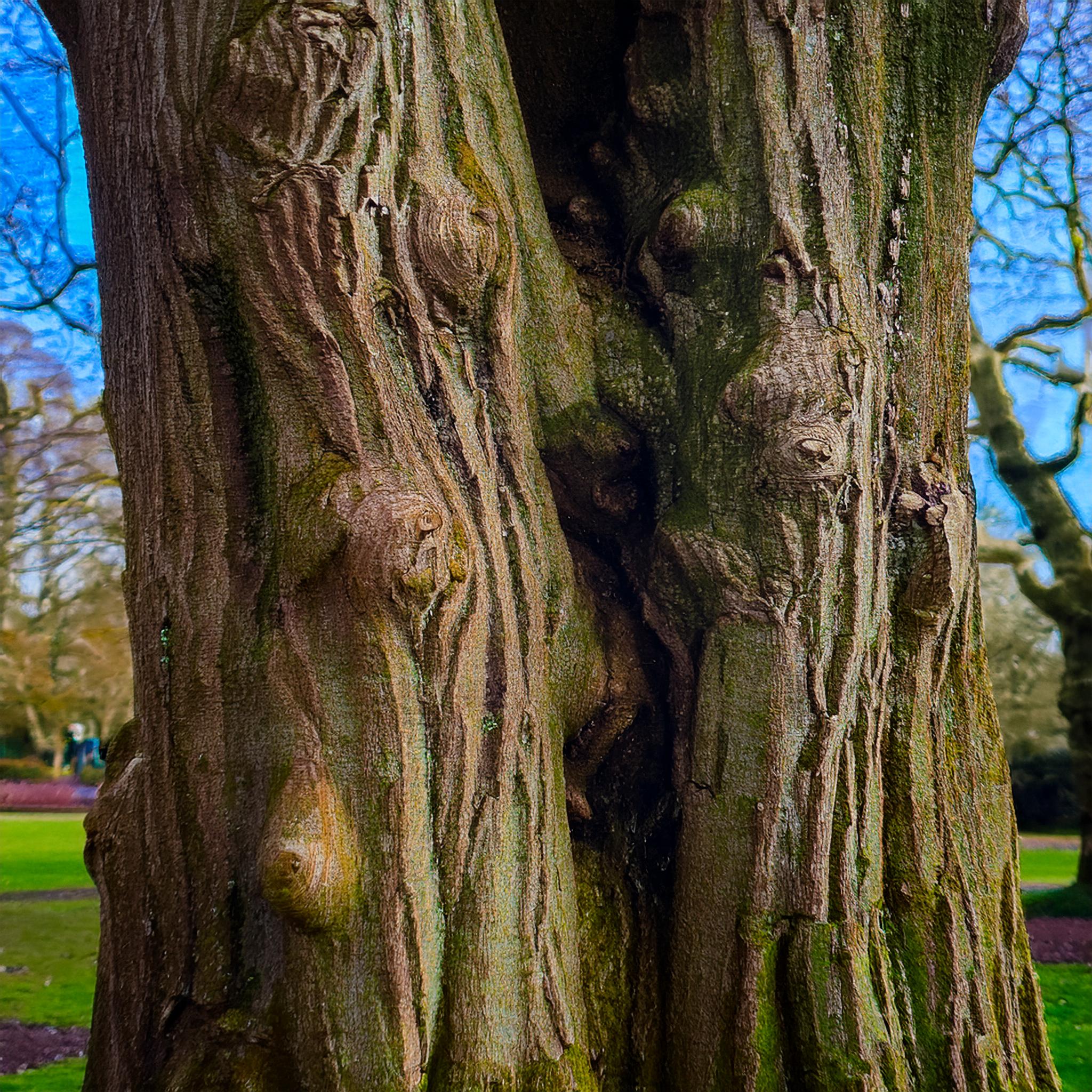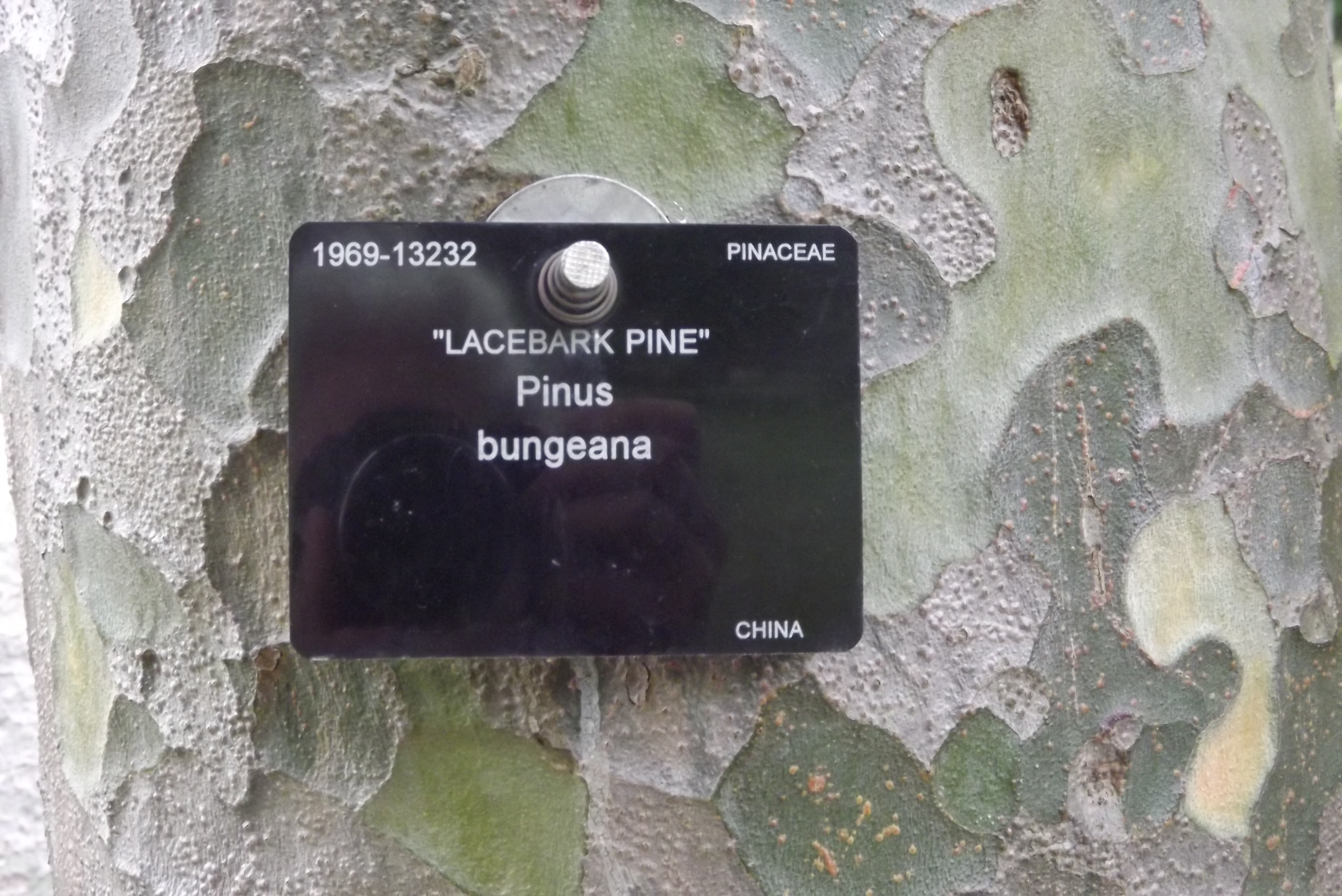We continue on January 19th for an intriguing exploration of the diverse and colorful barks of London's trees. From the craggy textures of sweet chestnut and poplar to the vibrant hues of Tibetan cherry and snake-bark maple, this article will reveal the unique characteristics and stories behind these winter wonders. Learn how to identify different trees by their bark and discover the best spots in London to admire these natural artworks. Don't miss out on this captivating journey into the world of winter tree barks!
In January the great variety of different tree barks in London’s parks and gardens deserves greater investigation. Those of deciduous trees are not only more visible, but often more colourful and some now have an added winter gloss. Cracked barks have a surface not unlike the square, flaky appearance of dried mud. Crab apples and pears both have this kind of bark but only the latter has a spiral trunk. Trees such as the Caucasian elm Zelkova carpinifolia and old sycamores have what is called an orange-cracked bark which means the flakes that fall off reveal fresh orange-coloured bark underneath.
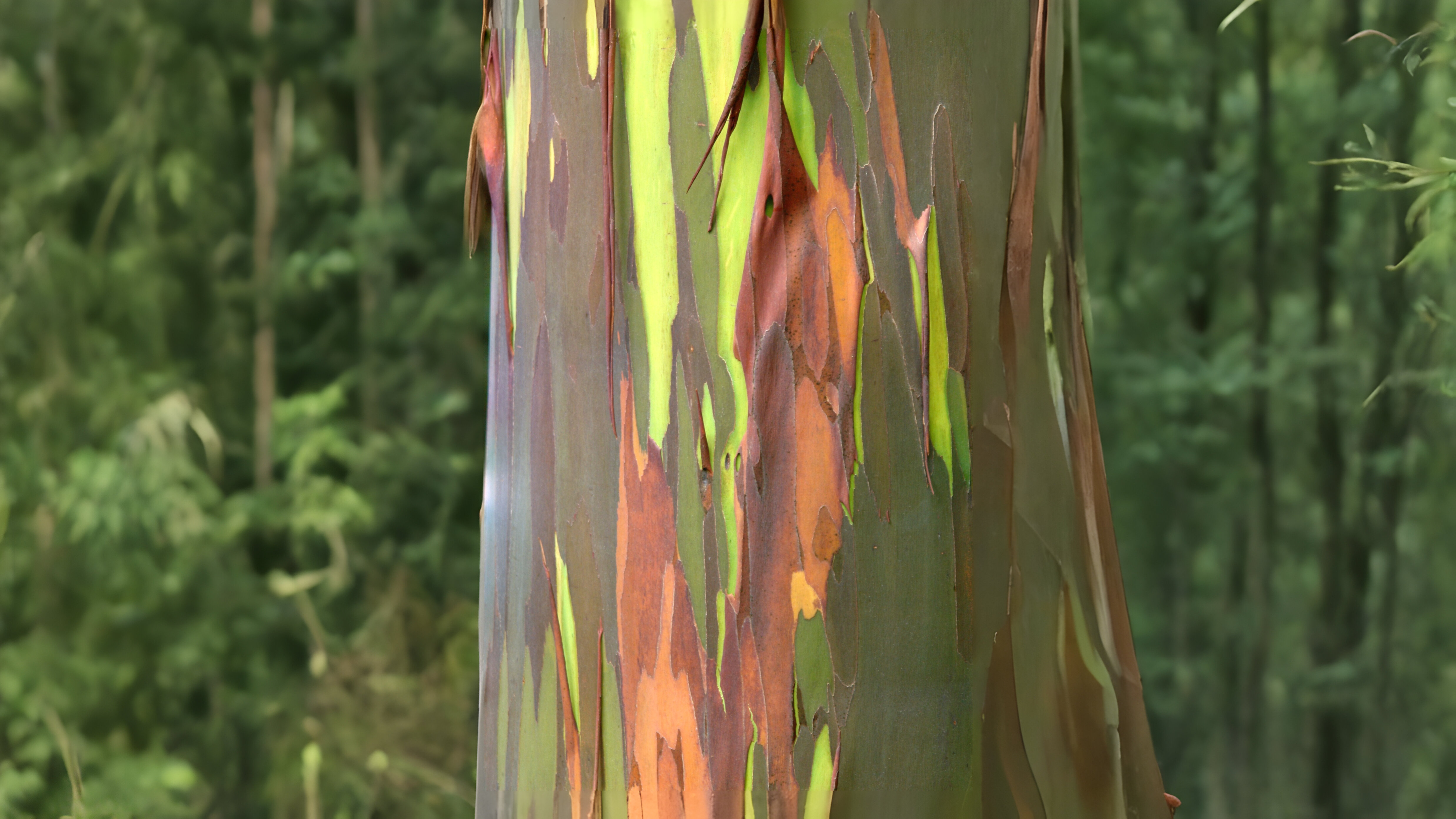
The Sweet Chestnut Castanea sativa is another tree with an often broad, impressive spiral trunk. Many venerable twisted boles of this tree can be seen in old deer parks such as Richmond Park, Great Windsor Park and Greenwich Park. The leviathans of all trunks are those of the mighty poplars. These trees are common enough along the sides of the Thames, some reaching twenty-five metres in height. They have deeply fissured barks which have been likened to the skin of some mighty dinosaur.
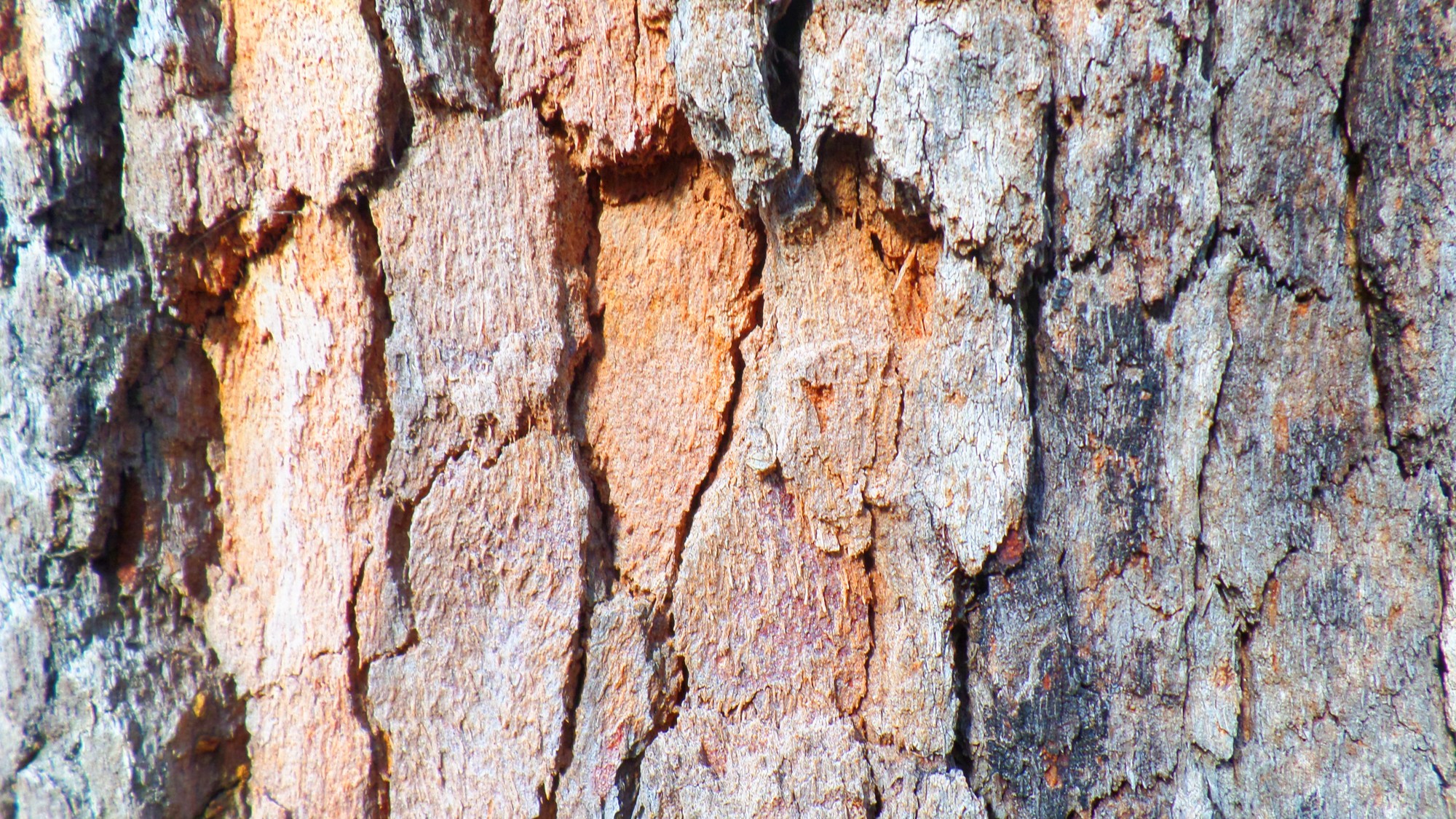
Trees with long hanging strips of various colours are likely to be Eucalyptus spp. Whilst looking at barks, the many grafts carried out by gardeners in the past can now be seen as perfectly clean, clinical changes in bark pattern. One of the many trees with an unusual bark is the Kentucky Coffee tree Gymnocladus dioicus which looks as if it has been made of thick dark brown oils painted on with a palette knife.
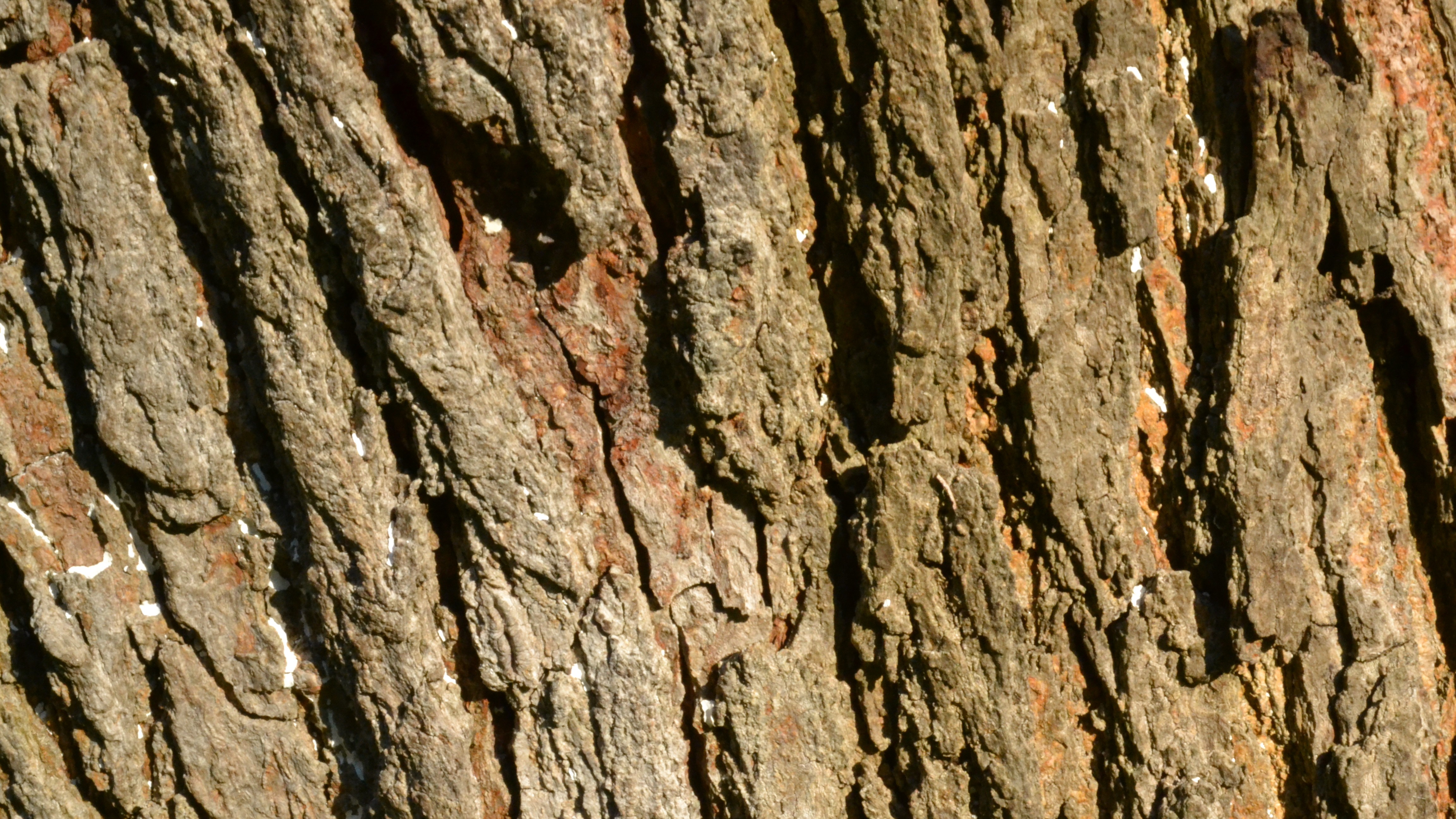
These trees are not common but can be found in Battersea Park, Greenwich Park and the grounds of Dulwich Picture Gallery. They are also called Nicker trees and have famously large double multiple leaves up to three feet long, made up of one hundred or more leaflets. When these fall, and they are among the first to do so, the tree looks instantly bare and without any small branches. For all intents and purposes it looks quite dead till it bursts back again in late spring perhaps as long as six months later.
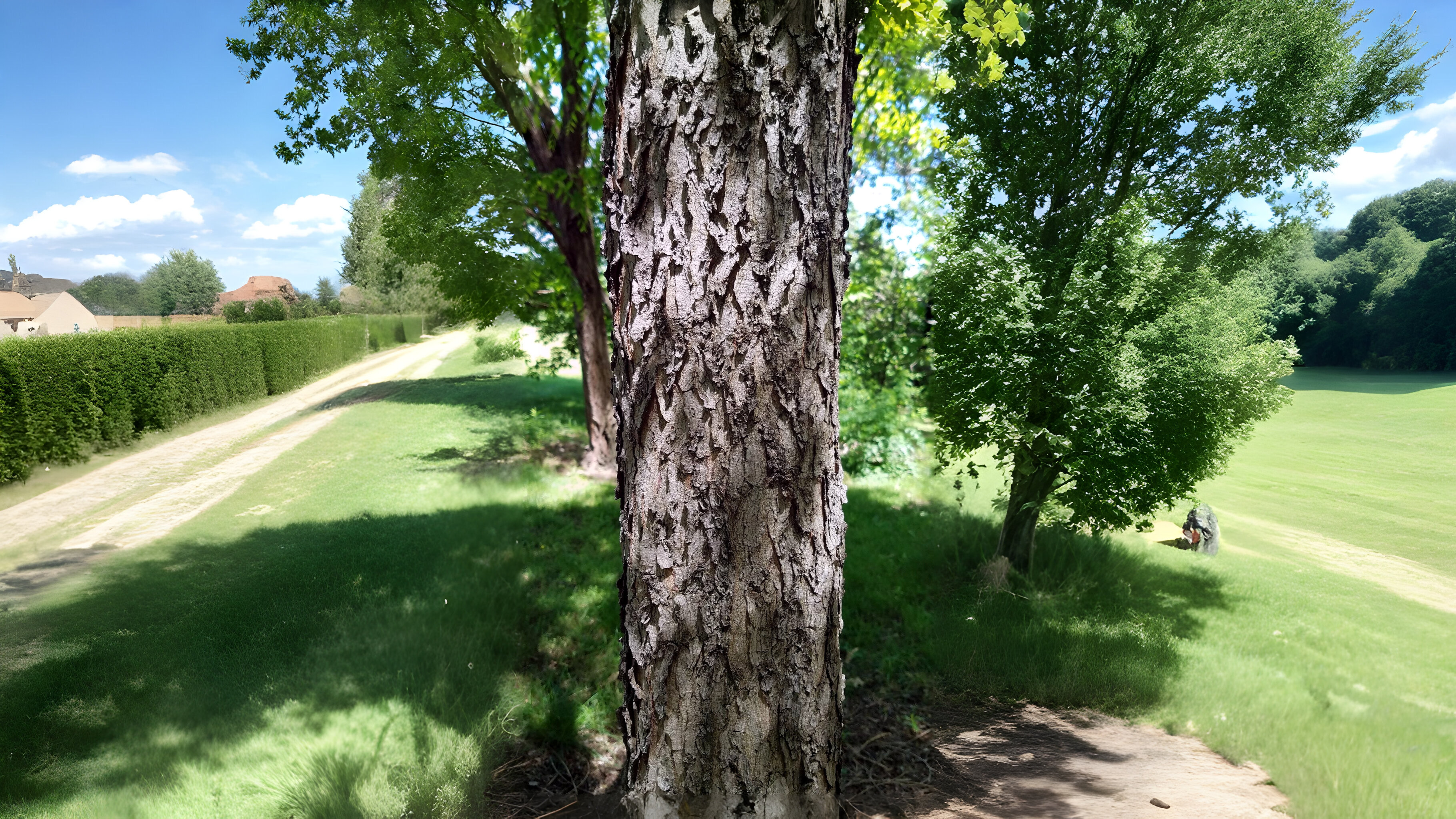
The architecture of trees, their form, elegance of branching, colour and the nature of their barks are all best examined at this time of year. These features are often shown off best after a fall of snow. London has an immense collection of trees with over two hundred different species to be found in Battersea Park alone. You only need to walk around London’s streets to see many trees with fine barks e.g. London plane, monkey-puzzle, fig, bastard service tree as well as a good range of different birches, cherries and maples. Elegant boles of old mature native trees such as beech and yew are common on the North Downs, and are also worth seeking out.
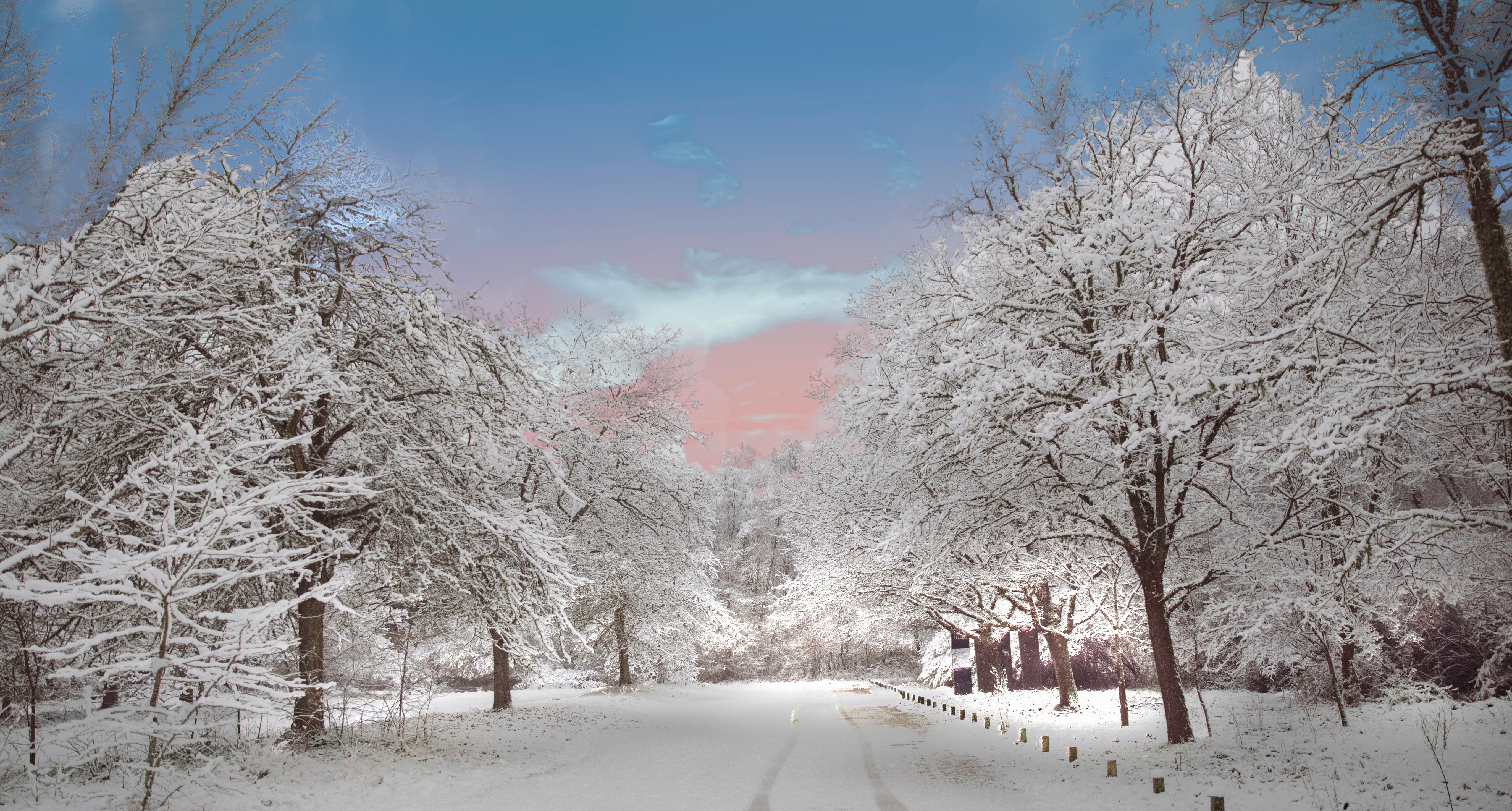
St James’s Park is an easy place to start looking for different barks. The white silvery barks of birches are easy to identify. The Mall is lined with London plane trees with their distinctive patchy barks which are shed regularly ensuring their breathing pores or lenticels never get completely blocked with soot. Mulberries can be identified by their excessively gnarled appearance alone. On one side of the bridge crossing the lake is an exotic snake-bark maple and facing it on the other side is a pre-historic looking Fig tree. Near Downing Street there is a Tibetan cherry with its deep crimson and exceptionally highly-glossed bark. Near Duck Island there is an old medlar which has a very cracked bark covered in splits and fissures. Bordering the lake is a more familiar beech tree with its flat grey bark so often covered with lover’s names elsewhere. Even Ovid in ancient Rome complained about this habit.
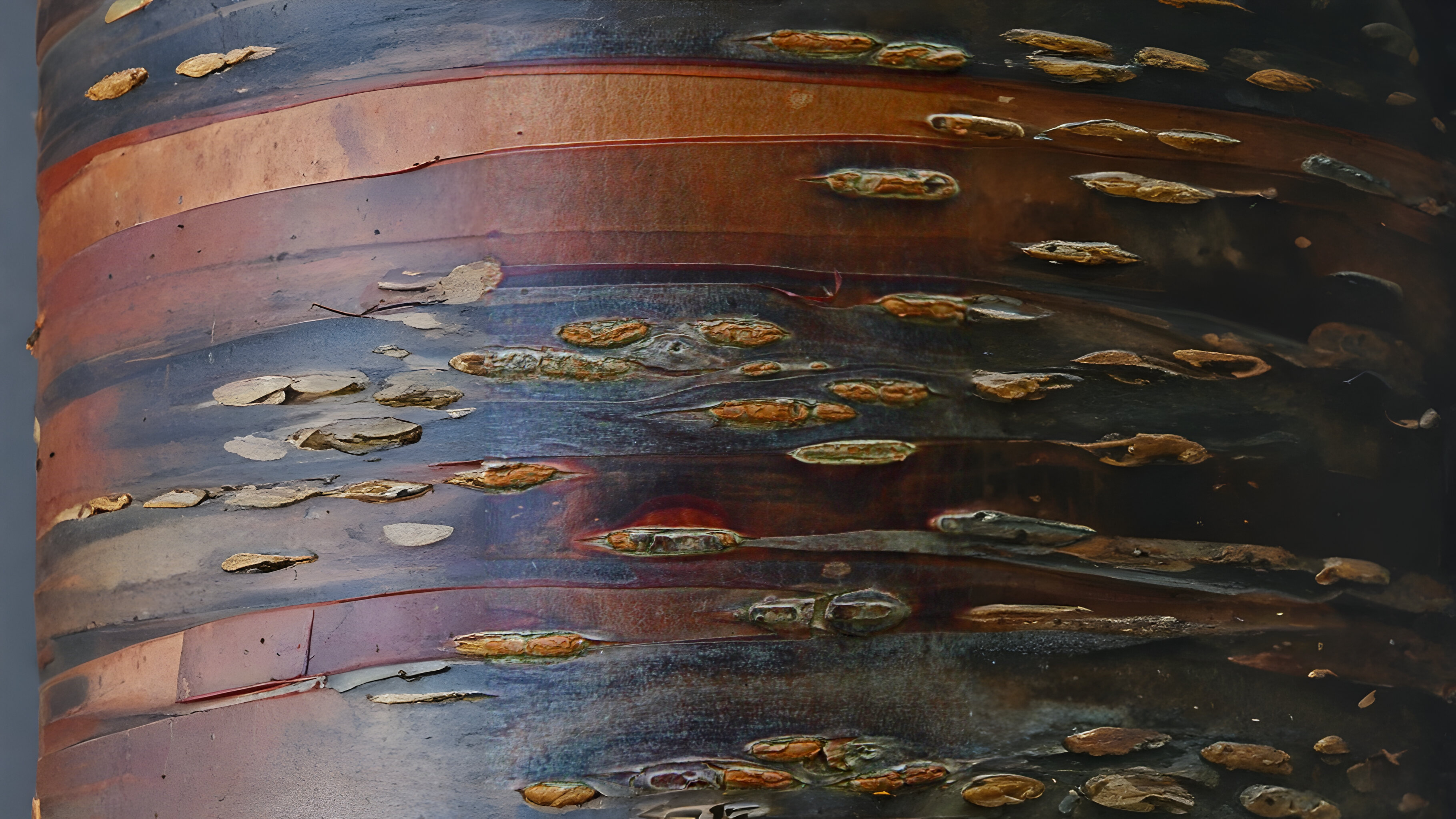
Kew and Wisley arboreta are the obvious places to look for other rarer and more interesting barks, but an excellent well-chosen and more manageable collection can be seen in Cannizaro park. Here you can find snakesbark maple, moosewood, Pere David’s maple, cork oak, strawberry tree and shagbark hickory.
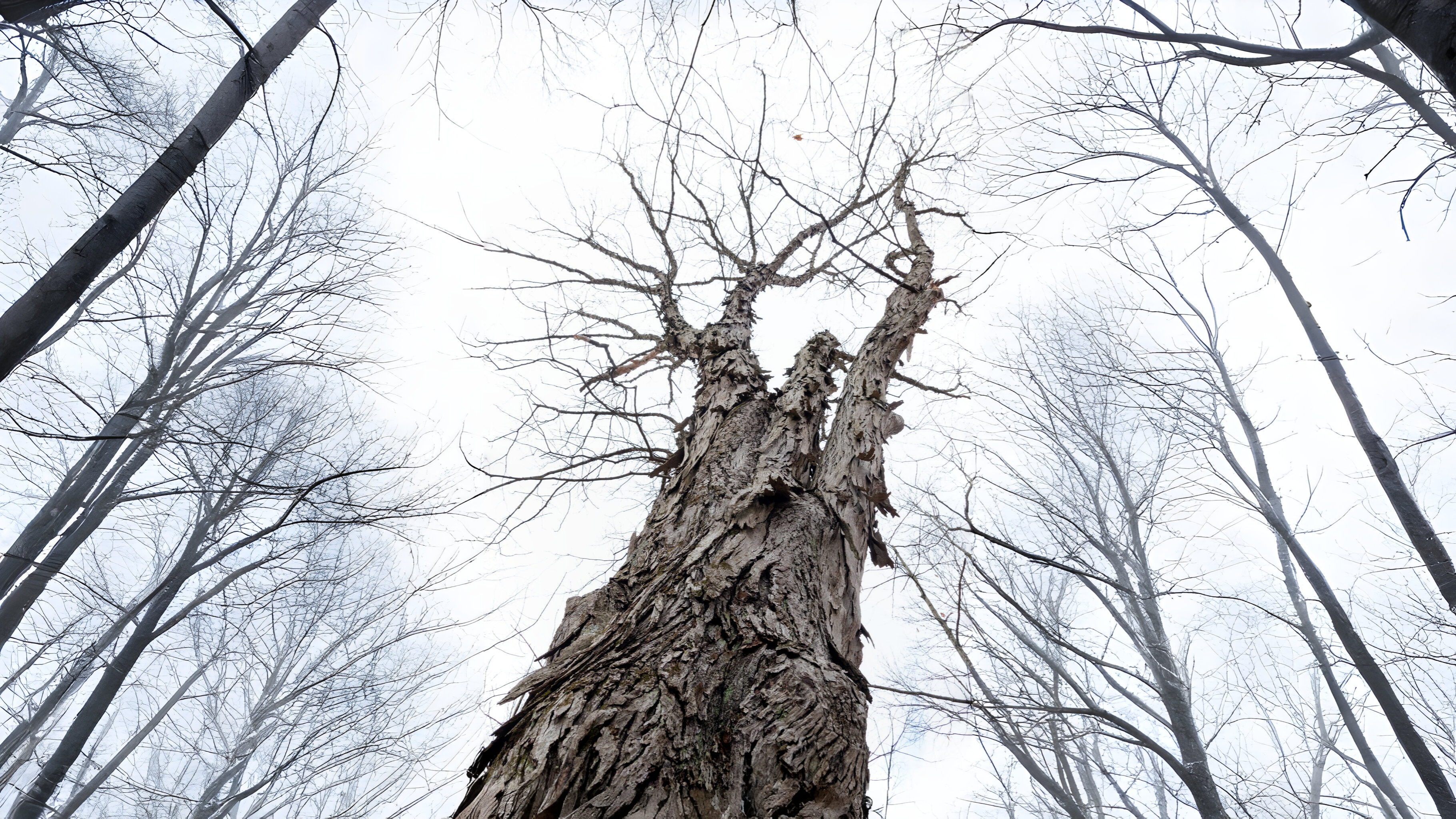
In the pineta at Wisley and Kew it is best to look among the spruces, firs, hemlocks, redwoods and seek out the superb lacebark pine. Some of the larger gardens in London are also worth a detour e.g. Syon Park has a shellbark hickory, Hampton Court various Eucalyptus spp., Osterley park a veteran sweet chestnut and Victoria park boasts a seriously dangerous looking spiny-barked honey locust.
